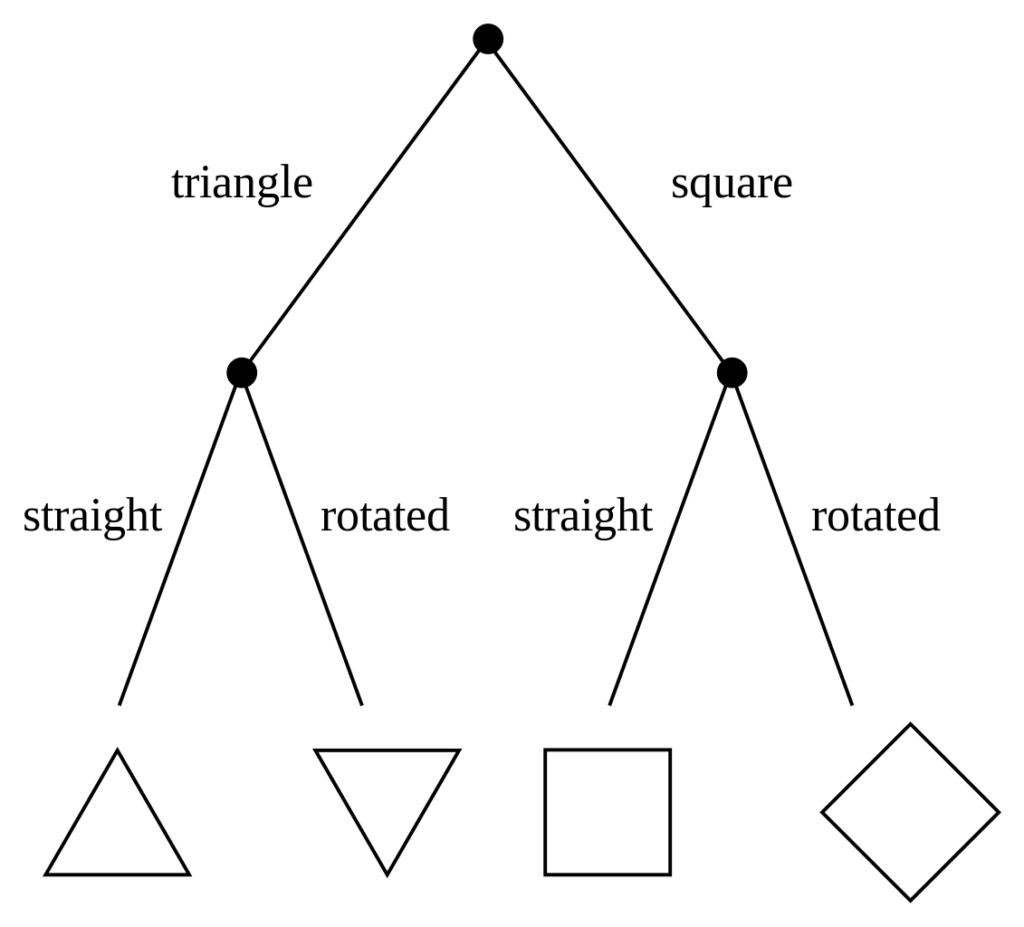
Over 2 million + professionals use CFI to learn accounting, financial analysis, modeling and more. Unlock the essentials of corporate finance with our free resources and get an exclusive sneak peek at the first module of each course. Start Free
A decision tree is a support tool with a tree-like structure that models probable outcomes, cost of resources, utilities, and possible consequences. Decision trees provide a way to present algorithms with conditional control statements. They include branches that represent decision-making steps that can lead to a favorable result.

The flowchart structure includes internal nodes that represent tests or attributes at each stage. Every branch stands for an outcome for the attributes, while the path from the leaf to the root represents rules for classification.
Decision trees are one of the best forms of learning algorithms based on various learning methods. They boost predictive models with accuracy, ease in interpretation, and stability. The tools are also effective in fitting non-linear relationships since they can solve data-fitting challenges, such as regression and classifications.
There are two main types of decision trees that are based on the target variable, i.e., categorical variable decision trees and continuous variable decision trees.
A categorical variable decision tree includes categorical target variables that are divided into categories. For example, the categories can be yes or no. The categories mean that every stage of the decision process falls into one category, and there are no in-betweens.
A continuous variable decision tree is a decision tree with a continuous target variable. For example, the income of an individual whose income is unknown can be predicted based on available information such as their occupation, age, and other continuous variables.
One of the applications of decision trees involves evaluating prospective growth opportunities for businesses based on historical data. Historical data on sales can be used in decision trees that may lead to making radical changes in the strategy of a business to help aid expansion and growth.
Another application of decision trees is in the use of demographic data to find prospective clients. They can help streamline a marketing budget and make informed decisions on the target market that the business is focused on. In the absence of decision trees, the business may spend its marketing market without a specific demographic in mind, which will affect its overall revenues.
Lenders also use decision trees to predict the probability of a customer defaulting on a loan by applying predictive model generation using the client’s past data. The use of a decision tree support tool can help lenders evaluate a customer’s creditworthiness to prevent losses.
Decision trees can also be used in operations research in planning logistics and strategic management. They can help in determining appropriate strategies that will help a company achieve its intended goals. Other fields where decision trees can be applied include engineering, education, law, business, healthcare, and finance.
One of the advantages of decision trees is that their outputs are easy to read and interpret without requiring statistical knowledge. For example, when using decision trees to present demographic information on customers, the marketing department staff can read and interpret the graphical representation of the data without requiring statistical knowledge.
The data can also generate important insights on the probabilities, costs, and alternatives to various strategies formulated by the marketing department.
Compared to other decision techniques, decision trees take less effort for data preparation. However, users need to have ready information to create new variables with the power to predict the target variable. They can also create classifications of data without having to compute complex calculations. For complex situations, users can combine decision trees with other methods.
Another advantage of decision trees is that there is less data cleaning required once the variables have been created. Cases of missing values and outliers have less significance on the decision tree’s data.
One of the limitations of decision trees is that they are largely unstable compared to other decision predictors. A small change in the data can result in a major change in the structure of the decision tree, which can convey a different result from what users will get in a normal event. The resulting change in the outcome can be managed by machine learning algorithms, such as boosting and bagging.
In addition, decision trees are less effective in making predictions when the main goal is to predict the outcome of a continuous variable. This is because decision trees tend to lose information when categorizing variables into multiple categories.
To keep learning and developing your knowledge of business intelligence, we highly recommend the additional CFI resources below:
Develop analytical superpowers by learning how to use programming and data analytics tools such as VBA, Python, Tableau, Power BI, Power Query, and more.